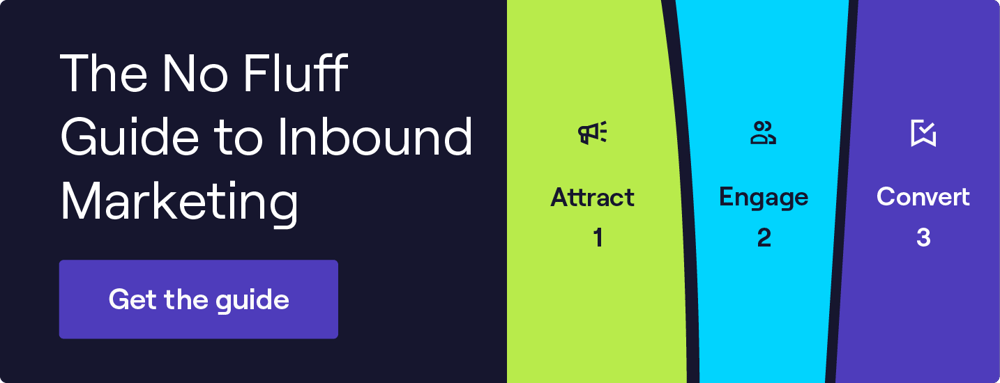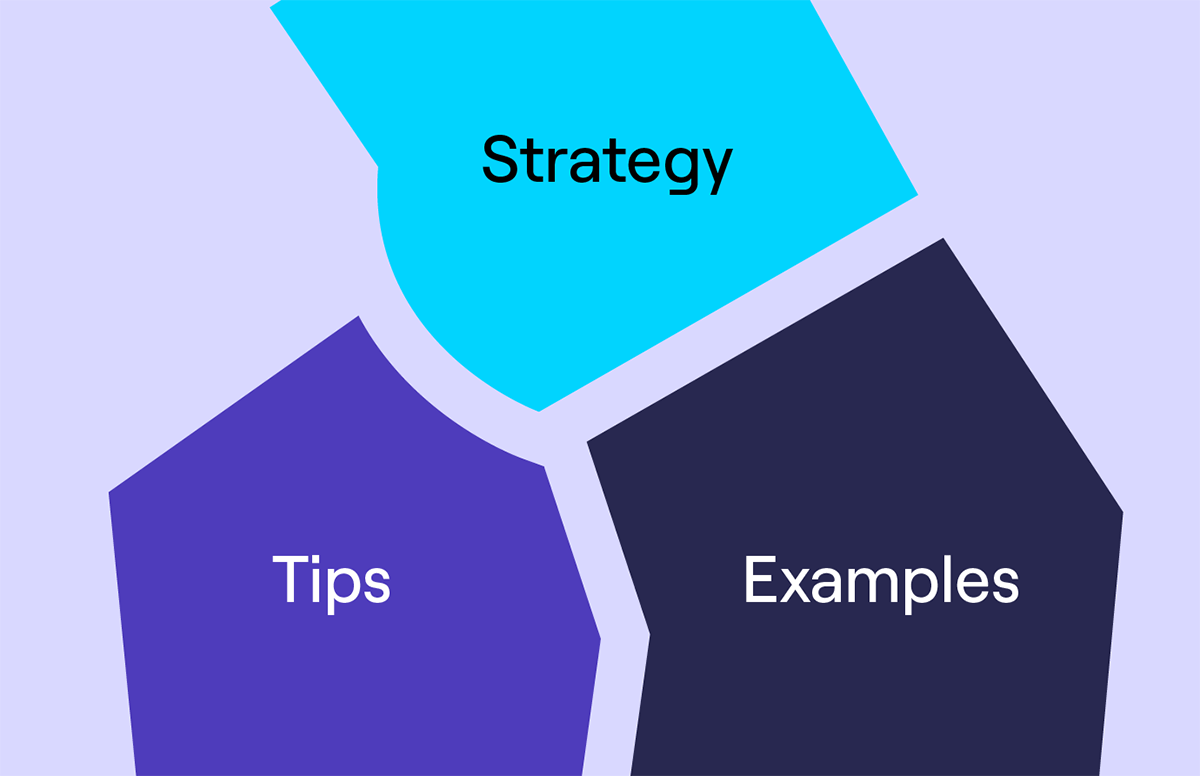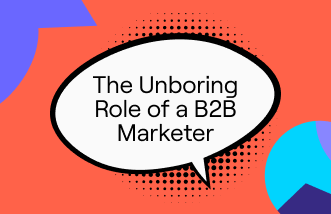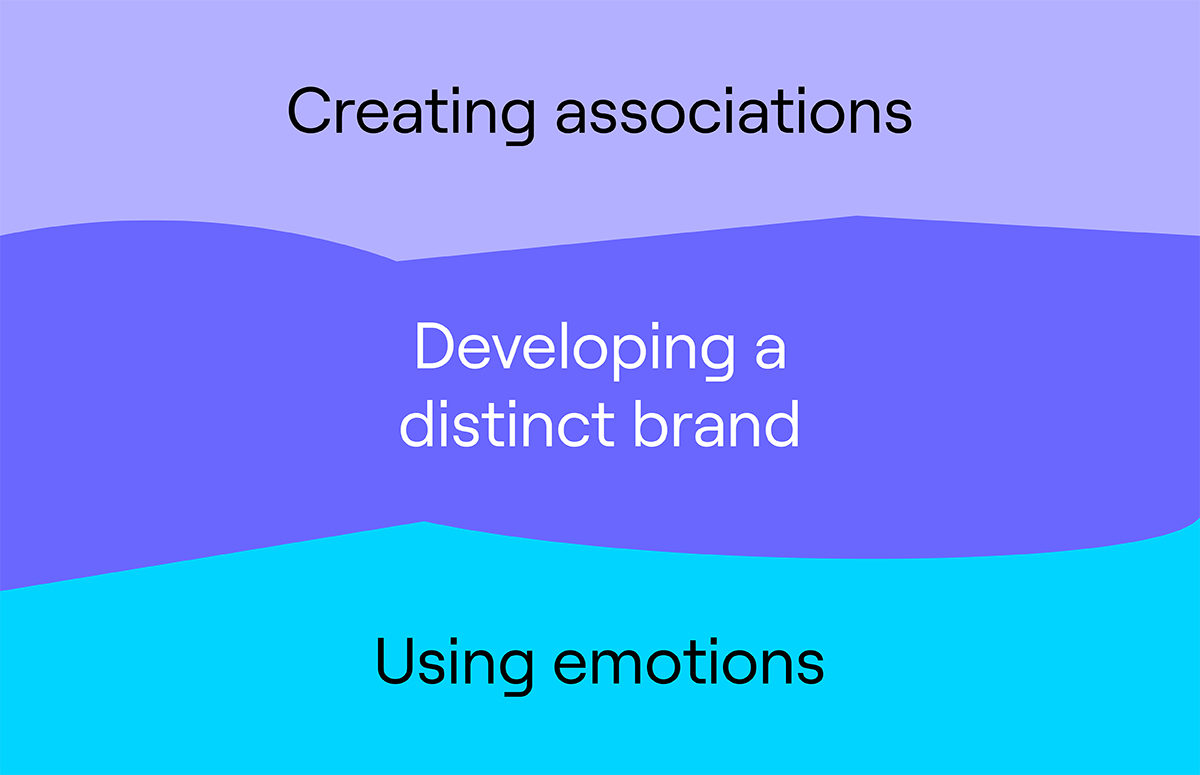5 Elements of an Awesome LinkedIn Ad for 2024
The fugu fish is a Japanese delicacy. It has to be prepared just right, or it can be poisonous. Like the fugu fish, LinkedIn advertising can be awesome - you just have to get it right.
But when you do… 👏
There’s no platform as effective as LinkedIn for advertising to a professional audience. Every user is on there for business. Advertising on LinkedIn is like spearfishing with a trident. Your chances of connecting are increased.
Sounds easy…so how can it possibly go wrong?
B2B marketers have the freedom to choose between several ad types: single image, carousel, video, text, spotlight and message. This gives a lot of scope for creativity, but also a lot of room for error.
The solution is to test your ads. Data driven marketing is about getting it wrong. Measure your results, and make it better.
This is how Augustinas Tarabilda changed Cognism’s approach to digital marketing.
A LinkedIn ad he created reduced our CPL by 40.6% and increased our CTR by 27.9%. Shortly after, it was featured by LinkedIn in their content marketing workshop. It’s been our top-performing ad for the last year, and it caused a permanent change to our LinkedIn strategy.
How did he do this?
By following 2 basic guidelines all digital marketers should follow. Start your campaigns with creativity, then drive them with marketing data.
Marketing is all about progression. Using past learnings to improve. What did we learn from this ad?
There are 5 main variables to a LinkedIn ad. 5 things that the marketer can control, and which will determine the reach of their message. These variables are:
- Audience
- Image
- Headline
- Copy
- CTA
Master each of these individually, and you’ll master LinkedIn.
The 5 elements explained
1. Audience
An awesome LinkedIn ad speaks to the person who views it (not literally!). Ideally, the ad appears on their screen at exactly the right time, and is absolutely relevant to their interests.
This isn’t always possible.
But you can get a lot closer with high-quality B2B lead generation and segmentation of your audience. Break your audience down into groups of relevant people and run targeted campaigns. The more you can break it down, the more personalised your ad will look (in digital marketing, personalisation is the name of the game).
Here’s a breakdown of the campaigns you can run through LinkedIn:
| Type of audience | How it works | When it should be used | How to find the leads |
| Targeted audience | LinkedIn creates a list based on the parameters you set. | You want to identify net new leads and increase the reach of your ad. | LinkedIn finds the leads for you based on your set parameters. |
| Uploaded list audience | A list of at least 300 leads you've already identified are targeted. | You want to target existing contacts, to move them from the middle to the bottom of the sales funnel. | Lead generation software such as Cognism Prospector, LinkedIn Sales Navigator or your CRM. |
| Retargeting audience | Retarget people who have interacted with you in the last 365 days. | You want to increase your visibility or move leads through the sales funnel. | Data collected from website visits, gated content downloads and lead generation forms. |
| Lookalike audience | LinkedIn generates a list of similar people, based on a seed list of at least 300 leads you've uploaded. | You want to scale your lead generation without deviating too far from your ICP. | LinkedIn finds the leads based on your uploaded seed list. |
As with each element of the LinkedIn ad, test a few of these with a smaller budget and see what gets the best results. It will vary depending on your current LinkedIn marketing and sales strategy.
2. Image
The main purpose of the image is to attract attention. This can be done through a combination of colour and keywords.
Bright and contrasting colours will attract the eye of scrolling subjects. Also, try to stay on brand with your colour palette and imagery. If you’re able to do this, the viewer should recognise your brand before they read the headline (assuming they’ve seen your content before).
The keywords you use should be intriguing. Making absolute or controversial statements will draw the viewer in - and this is enough. You don’t need to make your entire point. Since this article is full of fishing similes - consider the image to be the fishing hook; you reel them in with the headline.
3. Headline
Here’s the trick: make it concise and don’t make any promises you can’t fulfil.
If the viewer is reading your headline, you already have their attention. Don’t worry about making the headline too eye-catching. What it should be is clear and short.
We’ve also had a lot of success addressing the audience directly. Whichever LinkedIn audience type you’ve used, you should have a pretty good idea of the people it includes. If you don’t, you’ve made mistakes with your prospecting and sales targeting.
Because you already know who’s going to see your ad, mention them in the headline:
Marketers, check out our guide on… for example.
This makes it more likely that your ad will speak to the viewer. More personalisation = better ad.
4. Copy
Less is more.
Try to write your copy in the fewest words possible. There are two reasons for this.
- You don’t have much space.
- People don’t have the time or patience to read a long-winded chunk of text.
Take these examples:
- Good afternoon reader. We hope you are well. Please click the link below to read about our fabulous new product - ‘The hyper-blender’. Our blender promises to blend your drinks much faster than alternatives on the market. If you’re a fan of smoothies, you don’t want to miss out.
- Smoothies, twice as fast.
Which of the above did you find more effective? The second one, right?
Your audience is no different.
5. CTA
The call to action is a simple step, but it’s one that can heavily influence the sentiment of the viewer who lands on your page.
Focus on accuracy.
If you’re offering a content download, have a download button.
If you’re offering a demo, have a demo button.
If the viewer lands on your page expecting a content download, and they find a demo form - they’ll feel misled. This is dangerous. If B2B prospects stop trusting your brand, they won’t convert. If a few thousand prospects have the same problem, it could damage your brand.
Having a lower commitment call to action might increase the number of leads who click it, but having an accurate one will increase the chances of them converting. Take some time to get this right!
Get more marketing tips!
Here at Cognism, we consider ourselves to be experts on inbound marketing - so much so, that we published our own eBook on the subject!
It’s called The No Fluff Guide to Inbound Marketing and it’s available now. Inside you’ll find:
- The three stages of inbound marketing
- The must-have inbound lead gen channels
- Advice on getting started with paid channels and PPC, from Google, to Facebook, LinkedIn and beyond
- Content marketing hints, tips and tricks
- Email marketing that delivers opportunities
- World-class advice and guidance from frontline, expert B2B marketers
Simply click the link below and our inbound eBook is yours today!



